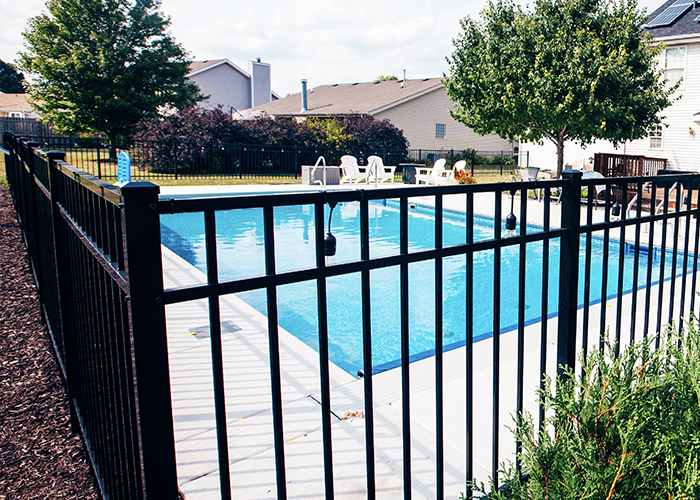Learn how to protect children and adults from drowning
Long Island’s beaches, pools and lakes make the perfect escapes for a fun-filled summer. But with all that fun comes a critical responsibility: water safety. Drowning is a preventable tragedy. To help keep every member of your family safe this summer (adults, too), knowledge is key.
Understand the risks
Drowning is the leading cause of unintentional injury and death for children ages one to four. In fact, drowning can occur in as little as two inches of water. Be mindful of water dangers inside the home, too. Toilet bowl seats should be secured with a lock if you have young children.
Adults are also at risk. Nearly 5,000 people drown in the United States each year, according to the CDC.
The most important safety feature
Adult supervision is the most essential factor in keeping children safe. Always keep a watchful eye on children in or near water. Even if a lifeguard is present, never assume that he or she will serve as your eyes.
Beyond the basics
Enroll your children (and yourself if needed) in swimming lessons. Knowing how to swim significantly reduces the risk of drowning. In addition, learn Cardiopulmonary Resuscitation (CPR). Being CPR-certified can mean the difference between life and death in an emergency.

Safety tactics to follow now
- Start a “water-watcher” system where you assign one person to keep an eye on the pool. Take turns throughout the day to ensure each watcher has fresh eyes.
- Empty buckets, kiddie pools and any other water container after every use.
- Keep toys out of the pool during non-swim times to ensure children aren’t tempted to enter the pool to retrieve a toy.
- Use “touch” supervision by staying within arms distance of young children.
- Keep a phone with you at the pool or beach in order to call 911. Otherwise stay off the phone while children are in or near the water.
- Teach children to never swim alone.

Safeguard your home
- Install fencing around pools. Fencing can prevent over half of all swimming pool drownings in young children. Fences should completely separate pools from the home, have four sides, have self-closing and self-latching gates, and be tall and secure enough to prevent a toddler from climbing over. Make sure your fence is at least 4 feet high with a door that opens away from the pool, a latch at least 54 inches high and slats no more than 4 inches wide.
- Install multiple physical barriers. In addition to fences, install door locks and alarms to keep children out of the pool during non-swimming times.
- Remember hot tubs and spas! Keep locked safety covers on hot tubs and spas when not in use. If a drain cover is missing or broken, shut down the spa until the drain cover is repaired or replaced.
Tips for adult swimmers
Even as a confident swimmer, you can’t let your guard down. Whether enjoying the pool or taking a dip in the ocean, remember to:
- Never swim alone. Always have another adult nearby in case of an emergency. There really is safety in numbers.
- Swim and boat sober. Alcohol and other substances can cloud your judgment and slow your reflexes. Save them for after you're out of the water.
- Double-check your meds. Certain medications can affect your balance and coordination, making you more susceptible to drowning. Talk to your doctor if you have any concerns.
- Listen to your body. If you have any medical conditions, especially those affecting your brain or heart, take extra precautions. Consult your doctor before heading into the water.
Act fast. Save a life.
If you spot someone having trouble in the water, every second counts to prevent long-term damage.
Here's what to do in a drowning emergency:
- Call for help immediately. If you can't safely reach the person yourself, shout for help from bystanders or a lifeguard (if present). Dial 911 immediately – don't wait.
- Get the person out of the water. Once on land, begin CPR as soon as possible. Even a few minutes of oxygen deprivation can cause lasting brain damage.
- Seek expert care. In near-drowning situations, victims should be taken to a Level 1 trauma center, such as Stony Brook Medicine. Our team of is specifically trained to care for these critical cases, giving patients the best chance at recovery.

